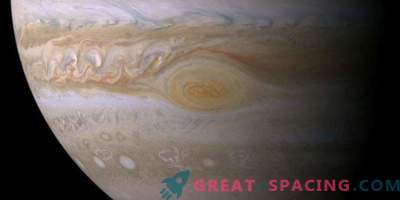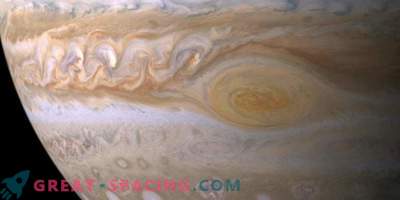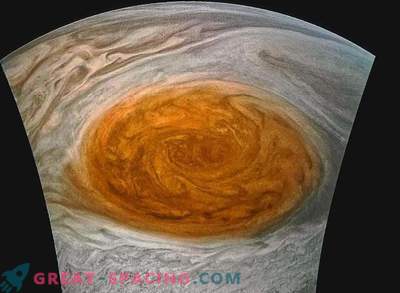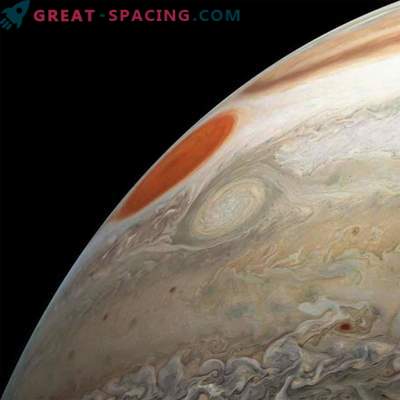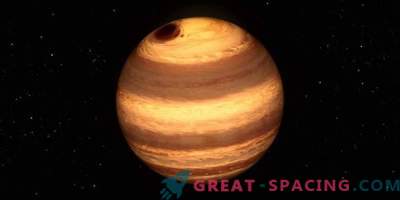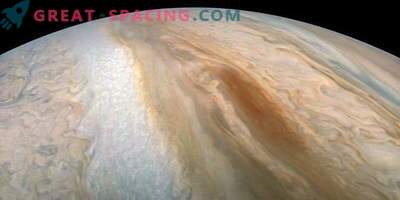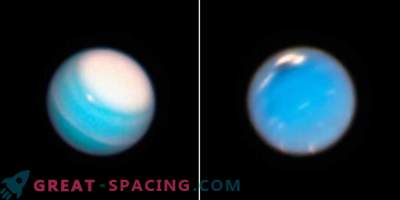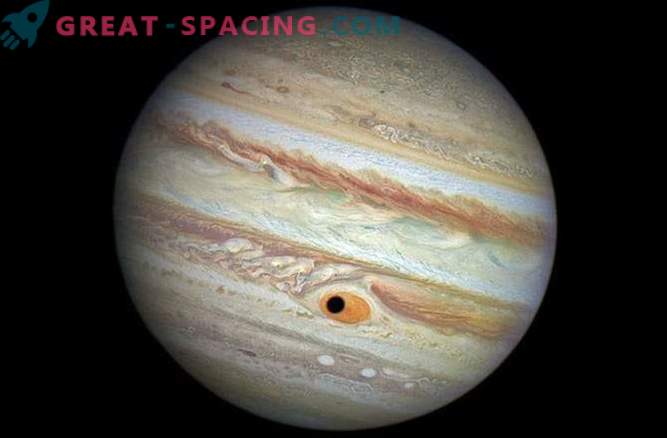
Although the largest storm in the solar system may slowly shrink, but as you can see in this photo, even the shadow of the largest satellite of Jupiter cannot absorb the mighty Great Red Spot.
In the image taken on April 21, 2014 by the Hubble Space Telescope, Ganymede rotated between the Sun and Jupiter, casting a shadow over the upper atmosphere of the gas giant. At a certain point in time, the shadow reached the famous storm, adding a dark pupil to its large red spot to its unblinking eye. “For a while, Jupiter“ looked ”at Hubble like a giant Cyclops,” commented the image at NASA Goddard Space Flight Center.
The Great Red Spot was discovered by Domenico Cassini in 1665 and is a long-lasting anticyclonic storm, which is believed to last for 300 to 400 years. More than 10,000 miles wide, the storm can easily absorb the Earth. However, the storm is gradually shrinking, losing 15 percent of its diameter from 1996 to 2006.



